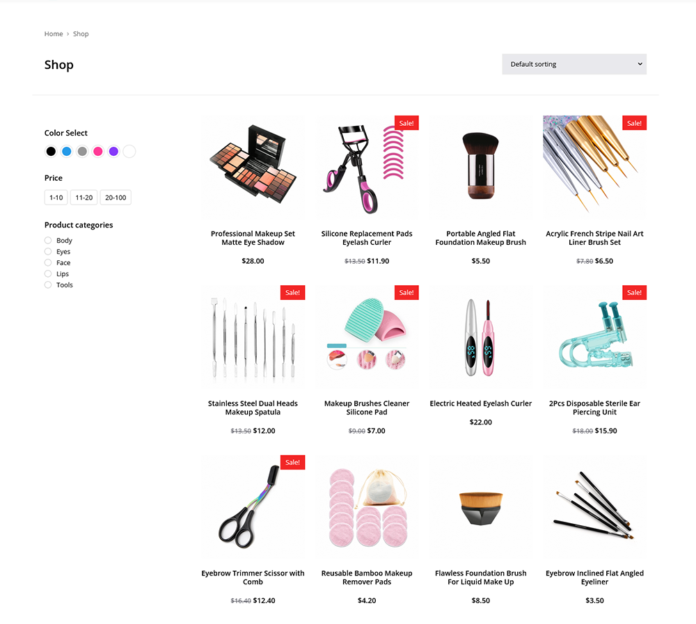Ranking your website on search engines like Google is essential for attracting organic traffic and growing your online presence. Search Engine Optimization (SEO) plays a crucial role in improving your website’s visibility. In this guide, we’ll explore key strategies to help your website rank higher in search engine results pages (SERPs).
1. Perform Keyword Research
Keywords are the foundation of SEO. Find relevant keywords that your target audience is searching for. Use tools like:
- Google Keyword Planner
- Ahrefs
- SEMrush
- Ubersuggest
Tips for Choosing Keywords:
✅ Focus on long-tail keywords (e.g., “best SEO strategies for beginners”)
✅ Analyze competitor keywords
✅ Choose keywords with a good search volume and low competition
2. Optimize On-Page SEO
On-page SEO involves optimizing individual web pages to improve search rankings.
Key On-Page SEO Elements:
- Title Tags – Use target keywords in your page titles
- Meta Descriptions – Write compelling meta descriptions with keywords
- Headings (H1, H2, H3) – Use structured headings for better readability
- URL Structure – Keep URLs short, descriptive, and keyword-rich
- Internal Linking – Link to other relevant pages on your website
- Image Optimization – Use alt text and compress images for faster loading
3. Create High-Quality Content
Content is king in SEO. Write valuable, informative, and engaging content that addresses user intent.
Content Writing Tips:
- Use a mix of blog posts, infographics, videos, and case studies
- Keep content easy to read with short paragraphs and bullet points
- Update old content to keep it relevant
- Use LSI (Latent Semantic Indexing) keywords to provide more context
4. Improve Website Speed & Mobile Friendliness
Google prioritizes fast-loading and mobile-friendly websites.
Ways to Improve Site Speed:
- Use a fast web hosting service
- Optimize images and use lazy loading
- Enable browser caching
- Minimize JavaScript and CSS files
Check Mobile-Friendliness:
Use Google’s Mobile-Friendly Test to ensure your site works well on all devices.
5. Build High-Quality Backlinks
Backlinks (links from other websites) are a strong ranking factor. Aim for quality over quantity.
How to Get Backlinks:
- Guest post on reputable websites
- Create shareable content (infographics, guides, reports)
- Reach out to bloggers and influencers
- Use HARO (Help a Reporter Out) for PR mentions
6. Focus on Technical SEO
Technical SEO ensures search engines can crawl and index your site efficiently.
Technical SEO Checklist:
✅ Submit your sitemap to Google Search Console
✅ Fix broken links and redirects
✅ Implement structured data (Schema Markup)
✅ Use an SSL certificate for HTTPS security
7. Leverage Local SEO (For Local Businesses)
If you have a local business, optimize for local search.
Steps to Improve Local SEO:
- Claim and optimize your Google My Business profile
- Get customer reviews and ratings
- Use location-based keywords in your content
- Build citations in online directories (Yelp, Yellow Pages)
8. Use Social Media for Promotion
Social signals (likes, shares, comments) can indirectly impact rankings. Promote your content on platforms like:
9. Monitor Your SEO Performance
Track your website’s performance to make data-driven improvements. Use:
- Google Analytics – To analyze traffic and user behavior
- Google Search Console – To track search performance and fix errors
- Ahrefs / SEMrush – To monitor backlinks and keyword rankings
Conclusion
Ranking your website requires a combination of keyword optimization, high-quality content, backlinks, and technical SEO. By consistently applying these strategies, you can improve your search rankings, drive more traffic, and grow your online presence.
Start implementing these SEO techniques today, and watch your website climb the search engine rankings! 🚀








